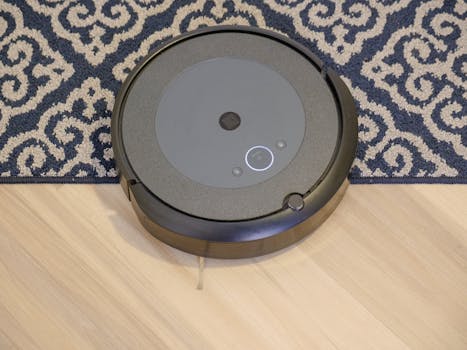
Smart Homes and Smart Living: The Technological Transformation of European Homes by 2025
Smart Homes and Smart Living is revolutionizing the way we live in Europe. The integration of technology into our homes is transforming the way we interact with our living spaces, making them more efficient, sustainable, and connected. As we approach 2025, it’s clear that the European home will be unrecognizable from its predecessor, with technological advancements driving this transformation.
Introduction to Smart Homes
A smart home is a residence that has been equipped with advanced technology to make it more efficient, convenient, and sustainable. This includes devices and systems that can be controlled remotely, such as lighting, heating, and security systems. The goal of a smart home is to create a comfortable and secure living environment, while also reducing energy consumption and costs.
The Current State of Smart Homes in Europe
According to a recent report, the European smart home market is expected to grow significantly in the next few years, driven by increasing demand for energy efficiency and convenience. Currently, the majority of European homes are not yet equipped with smart technology, but this is changing rapidly. Many homeowners are investing in smart devices and systems, such as smart thermostats, security cameras, and voice assistants.
The Future of Smart Homes in Europe
By 2025, the European home will be transformed by technology. Homes will be more connected, efficient, and sustainable, with a focus on energy efficiency and reducing carbon emissions. Smart devices and systems will be integrated into every aspect of the home, from lighting and heating to security and entertainment. The use of artificial intelligence and machine learning will become more prevalent, enabling homes to learn and adapt to the needs of their occupants.
Benefits of Smart Homes
The benefits of smart homes are numerous. They include increased energy efficiency, improved security, and enhanced convenience. Smart homes can also improve the health and wellbeing of occupants, by creating a comfortable and secure living environment. Additionally, smart homes can increase the value of a property, making them more attractive to potential buyers.
Challenges and Limitations
While the benefits of smart homes are clear, there are also challenges and limitations to consider. One of the main challenges is the high upfront cost of investing in smart technology. Additionally, there are concerns about the security and privacy of smart devices, as well as the potential for technical issues and system failures.
Conclusion
In conclusion, the European home is undergoing a significant transformation, driven by advancements in technology and the desire for smart living. By 2025, homes will be more efficient, sustainable, and connected than ever before. While there are challenges and limitations to consider, the benefits of smart homes are clear. As we move forward, it’s essential to prioritize the development and integration of smart technology, to create a better future for European homeowners.




